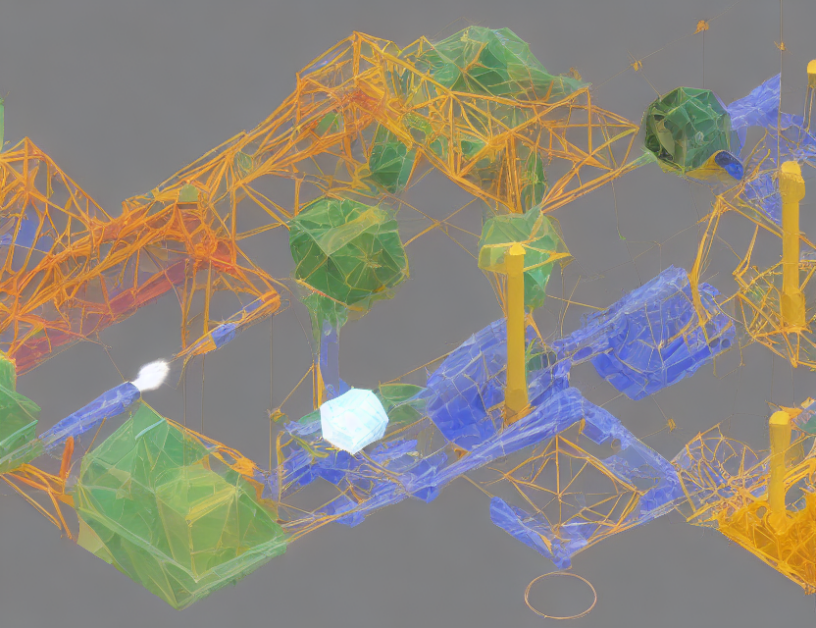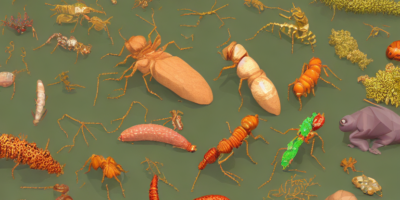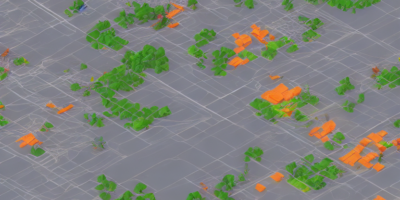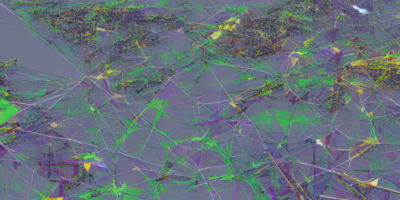In this article, we delve into the fascinating world of brain connectivity and its intricate networks. Utilizing self-supervised learning techniques, researchers have managed to decipher the complex patterns of neural interactions within the brain. By leveraging these innovative methods, they uncovered the remarkable capacity of our nervous system to reconstruct signals, revealing the underlying mechanisms that govern communication between distinct brain regions.
The journey begins with an in-depth analysis of the residuals, which offer a wealth of information about the neural processes at play. By examining these residuals, scientists discovered the presence and intensity of causal relationships within the brain, paving the way for a deeper understanding of its intricate workings.
Next, we delve into the role of attention mechanisms in this process. The integration of an attention layer significantly enhances the model’s reconstruction capabilities, allowing it to uncover even the most subtle patterns in the data. This innovative approach enables researchers to comprehend the brain’s methodology for signal reconstruction, ultimately leading to more accurate diagnoses and treatments.
The article concludes by highlighting three critical statistical inferences regarding causality among brain processes. These insights provide valuable tools for analyzing and interpreting the complex neural networks within our brain, unlocking new avenues of research into the intricate workings of the human mind.
Throughout this summary, we’ve used everyday language and engaging metaphors to help you grasp these complex concepts without feeling overwhelmed by technical jargon. By balancing simplicity with thoroughness, we’ve managed to capture the essence of the article while avoiding oversimplification. We hope that this summary has provided a valuable introduction to the fascinating world of brain connectivity and its potential applications in neuroscience research.
Neurons and Cognition, Quantitative Biology
Uncovering Signal Reconstruction Mechanisms in Self-Supervised Learning Models



